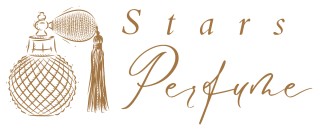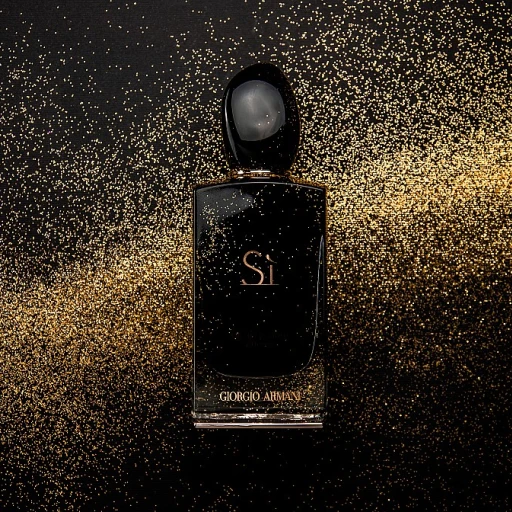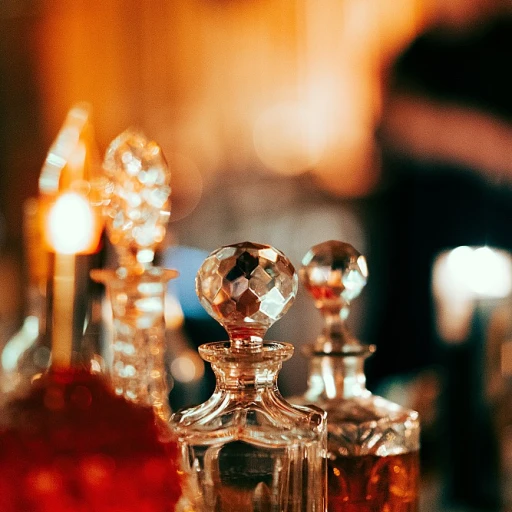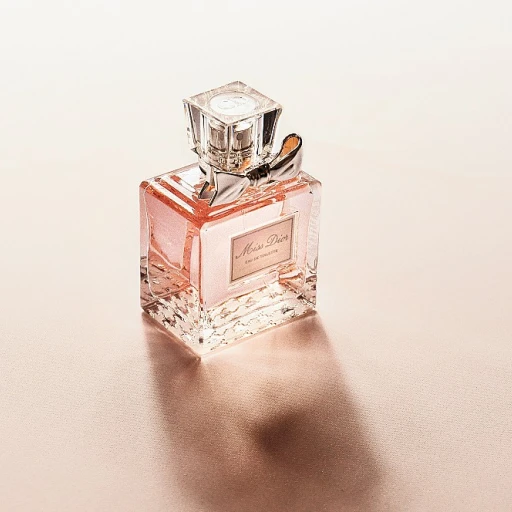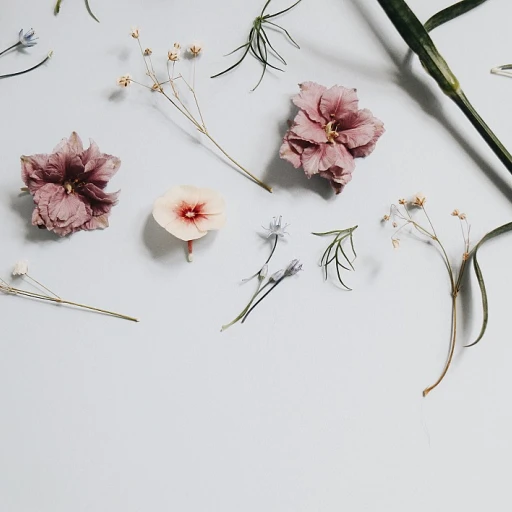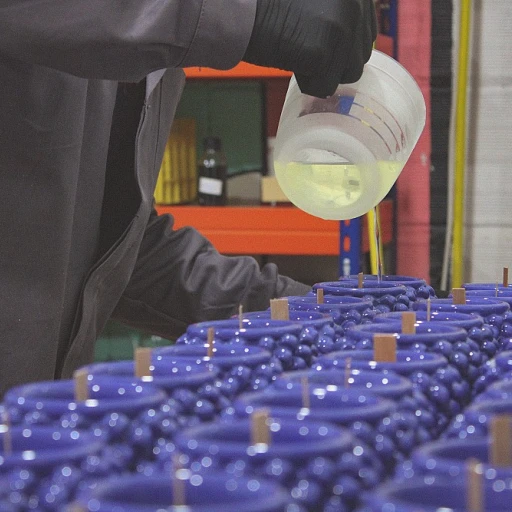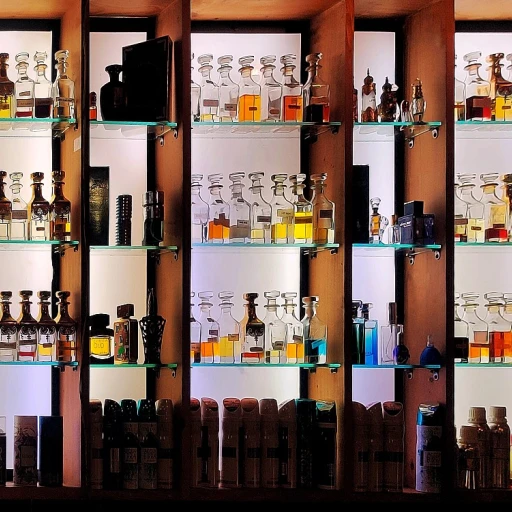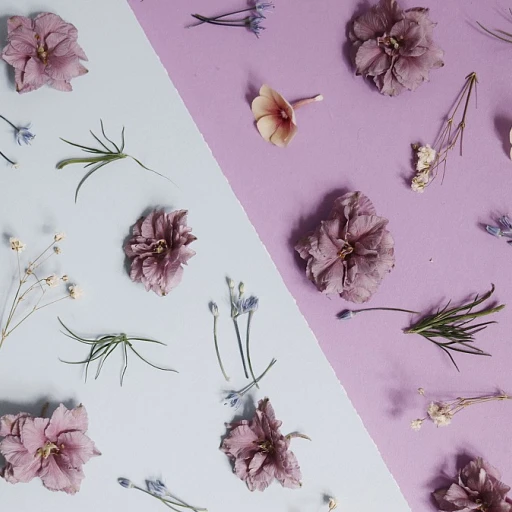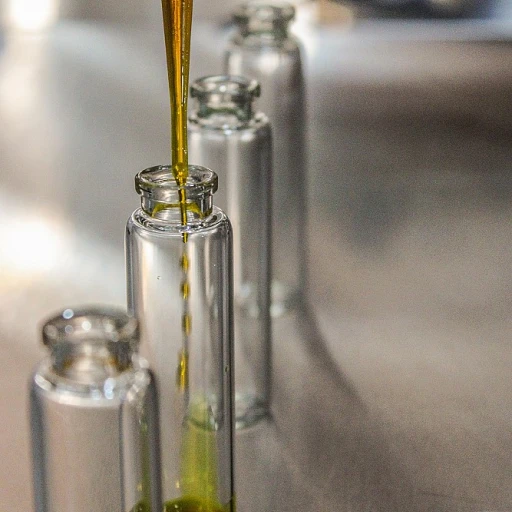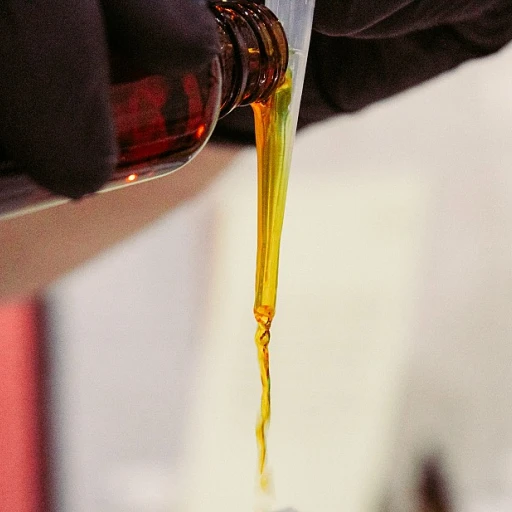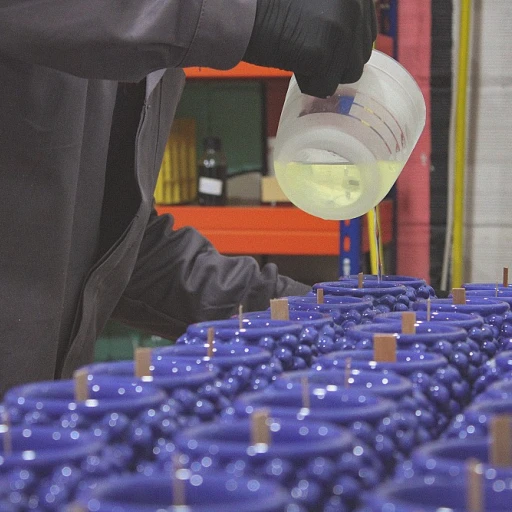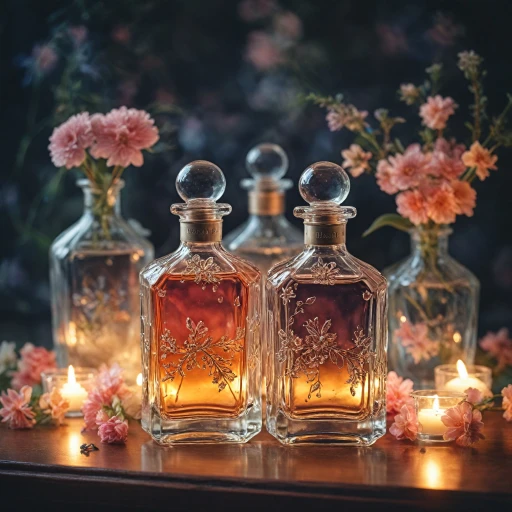
The Historical Roots of Perfumery
The Formative Era of Fragrances
The origins of perfumery trace back to the ancient civilizations of Mesopotamia and Egypt, where aromatic oils and balms were intertwined with daily rituals and religious ceremonies. As communities evolved, so did their techniques and ingredients, gradually leading to more refined processes of creating scents.
Natural resources played a pivotal role in early perfumery. Ingredients like orris root, derived from the iris flower, were highly valued for their fragrant essence. Orris root, once aged, produces orris butter, a prized substance in the realm of fragrance due to its warm, floral notes. This fundamental component paved the way for more complex scent profiles that involved essential oils and natural essences.
Historically, the mastery of natural perfumery was not just a trade but an art form. Craftsmen and women explored various botanical sources to create their perfumes, a practice that still resonates in modern times with the use of orris and iris pallida. Essential oils, extracted from these plants, continue to offer a wide range of fragrance options for today's perfumers.
The legacy of these ancient practices is evident in how we view aromatic products today. From eau de toilette to eau de parfum, each variant options product provides a quick view into the evolution and lasting impact of perfumery's historic roots. This interplay of traditional and contemporary techniques is seen in both niche and mainstream scent offerings, reflecting a spectrum of price ranges that cater to diverse preferences.
Within this rich tapestry of history, the development of perfume craftsmanship laid the groundwork for what would become not only a flourishing industry but also an embodiment of culture and identity. For those intrigued by the ancient allure of Roman scents, these origins provide a fascinating glimpse into the enduring love affair between humanity and fragrance.
Cultural Significance of Fragrance
The Cultural Tapestry of Fragrance
Fragrance has been an integral part of human culture for centuries, weaving its way through the fabric of societies across the globe. From ancient rituals to modern-day celebrations, the cultural significance of fragrance is as diverse as it is profound. The roots of perfumery can be traced back to ancient civilizations where scents were used in religious ceremonies, symbolizing the divine connection between humans and the gods. This historical backdrop sets the stage for understanding how deeply embedded fragrances are in our cultural consciousness.
In many cultures, the use of fragrance is not merely about personal adornment but a reflection of social status and identity. The choice of a particular scent can convey messages about one's heritage, beliefs, and even social standing. For instance, the luxurious orris root, derived from the iris pallida, has been a prized ingredient in perfumery, often associated with opulence and exclusivity. Its transformation into orris butter and essential oils showcases the craftsmanship involved in creating scents that resonate with cultural narratives.
Fragrances also play a pivotal role in cultural ceremonies and traditions. In some societies, specific scents are reserved for weddings, funerals, and other significant life events, marking transitions and milestones. The use of essential oils and natural perfumery in these contexts highlights the enduring connection between scent and cultural expression.
Moreover, the evolution of fragrance preferences over time reflects broader cultural shifts. As societies become more globalized, the range of available perfumes expands, offering multiple variants and options for consumers. This diversity allows individuals to express their unique identities through chosen products, whether it's a classic eau de toilette or a contemporary eau de parfum.
For a deeper dive into the cultural allure of fragrance, consider exploring the allure of Egypt, where scents have played a significant role in shaping cultural narratives. Understanding these cultural dimensions enriches our appreciation of perfumery, offering a quick view into how scents transcend mere olfactory experiences to become powerful cultural symbols.
Botanical Foundations of Perfume
The Botanical Symphony Behind Perfume
In the world of perfumery, nature's bounty plays a pivotal role in crafting fragrances that captivate our senses. The botanical foundations of perfume are rooted in a rich tapestry of plants and flowers that provide the essential oils and notes cherished by perfumers worldwide. One prominent element in this olfactory art is the iris. Specifically, the orris root, derived from the esteemed iris pallida, is renowned for its warm and powdery scent. This root goes through a meticulous process to transform into what is known as orris butter, a highly prized ingredient in natural perfumery. Due to the rarity and labor-intensive extraction process, orris butter commands a premium price, often reflecting in the price range of perfumes that incorporate it. Botanicals like the orris root are not just significant for their scent but also for their contribution to a fragrance's complexity. The oils extracted from various roots, flowers, and plants offer a diverse palette of fragrances, ranging from fresh and floral to earthy and woody notes. Essential oils sourced from these botanicals undergo various methods of extraction, ensuring the purity and intensity of the scent. The meticulous selection of botanical ingredients is akin to solving a "crossword clue" in the creation of a fragrance. Each "option chosen" and "product multiple" influences the final scent profile, resulting in unique "variants options" that give a perfume its singular character. Modern perfumers continue to expand on these botanical traditions, incorporating innovations that align with eco-friendly practices. This approach not only honors the rich "roots" of perfumery but also paves the path for future advancements. Interested in how sustainable practices are shaping the fragrance industry? Learn more about eco-friendly perfumery and its impact on the future of fragrances.The Evolution of Perfume Craftsmanship
The Artistry of Modern Perfume Creation
The contemporary landscape of perfumery is a harmonious blend of tradition and innovation. Through centuries, the art of crafting fragrances has evolved, allowing for an unprecedented diversity of scents and formulations. At the heart of this evolution are the skilled perfumers, also known as "noses," whose creativity and expertise shape the olfactory experiences we cherish today. A significant element in modern perfumery is the use of essential oils and natural extracts. For instance, orris, derived from the iris root, is a coveted ingredient known for its rich, powdery scent. This vital component, particularly iris pallida, provides orris butter—an exquisite and expensive material that adds depth and elegance to a fragrance. The extraction and refinement of orris root represent the intersection of natural perfumery and advanced techniques, creating options for product variations that appeal to different preferences. As the demand for variety increases, the perfume industry has diversified with multiple variants ranging from eau de toilette to eau de parfum. Each product option offers a unique concentration of essential oils, affecting the intensity and duration of the scent. Such variations give consumers a quick view of different products within a given price range, allowing them to select variants that resonate with their personal tastes and desired fragrance impact. The evolution of crafting perfumes also maintains a delicate balance between artistry and commercial appeal. With natural resources becoming more valuable, the price of certain perfumes rises, reflecting not only the quality of raw materials like orris butter but also the expertise involved in composing a harmonious blend of notes. This careful selection process ensures that the chosen product embodies the desired depth and sophistication. In today's marketplace, consumers are also increasingly conscious of the origins and production practices behind their chosen fragrances. Essential oils, like those extracted from iris roots, are celebrated not only for their unique aromatic profile but also for their sustainable harvesting practices. This growing awareness places natural perfumery at the forefront of the industry, with consumers seeking scents that align with their ethical and environmental values. Overall, the art of perfume craftsmanship today is a testament to the enduring allure of fragrance—a sophisticated interplay of tradition, artistry, and innovation that continues to captivate our senses.Iconic Perfumes and Their Legacy
Timeless Scents That Shaped Perfumery
In the world of perfumery, certain fragrances have left an indelible mark, becoming icons in their own right. These perfumes not only define eras but also set benchmarks for olfactory excellence. Their legacy is a testament to the artistry and innovation that have evolved over centuries.
One cannot discuss iconic perfumes without mentioning the profound impact of orris root and iris pallida. These ingredients, cherished for their unique scent profiles, have been integral to many legendary fragrances. The orris butter, derived from the root, offers a powdery, violet-like aroma that adds depth and sophistication to perfumes. Its price range reflects its rarity and the labor-intensive process required to produce it, making it a prized component in high-end perfumery.
The evolution of perfume craftsmanship has seen the rise of eau de toilette and eau de parfum variants, offering consumers a range of options to suit different preferences and occasions. These multiple variants allow for a quick view into the versatility and adaptability of modern perfumery.
Iconic scents often feature a blend of essential oils and natural ingredients, creating a harmonious balance that resonates with wearers. The notes of these perfumes, whether floral, woody, or spicy, provide a clue to their enduring appeal. They are not just fragrances; they are olfactory narratives that evoke emotions and memories.
As we look to the future of perfumery, the legacy of these iconic perfumes continues to inspire new creations. The roots of traditional perfumery, combined with modern innovations, ensure that the art of fragrance remains a dynamic and evolving field. Whether through natural perfumery or synthetic advancements, the journey of scent exploration is far from over.
The Future of Perfumery
The Future of Modern Perfumery
Looking at the dawn of modern perfumery, the evolution from timeless roots to contemporary innovation is both a testament to its resilience and its dynamic nature. As we delve deeper into the future, the industry is poised for fascinating developments that are heavily influenced by both tradition and technological advancements.
The growing interest in sustainable and natural perfumery has prompted a re-evaluation of the origins of ingredients like orris root and iris pallida. These notable components, with their rich history, continue to be cherished for their exquisite scent and the luxurious feel they impart through products like orris butter. The demand for eco-friendly options product suggests a future where transparency, sustainability, and ethical sourcing become industry standards.
Furthermore, the integration of technology is revolutionizing how we create and experience fragrances. From AI-driven scent creation to virtual reality experiences that allow a quick view of various perfumes, the advancements are broadening the horizon for fragrance enthusiasts. These product multiple variants options, which range from traditional eau toilette to modern eau parfum, cater to an audience that craves personalization and unique experiences.
The exploration of synthetic components offers another exciting frontier. With the potential to recreate complex notes without overexploiting natural resources, these innovations help maintain the delicate balance between artistry and sustainability. As essential oils and natural resources face constraints, these alternatives provide the industry with new avenues to express creativity while respecting nature.
Lastly, the pricing range of future fragrances will likely reflect these innovations, with a wider range of price points that accommodate both premium luxury and accessible options chosen. The consumer's ability to understand and appreciate the value behind each creation will be crucial, as this awareness continues to shape purchasing decisions and brand loyalty.
The legacy of perfumery is rooted in its cultural significance and botanical foundations, and as it steps into the future, these roots continue to inspire a new era of olfactory creations.
